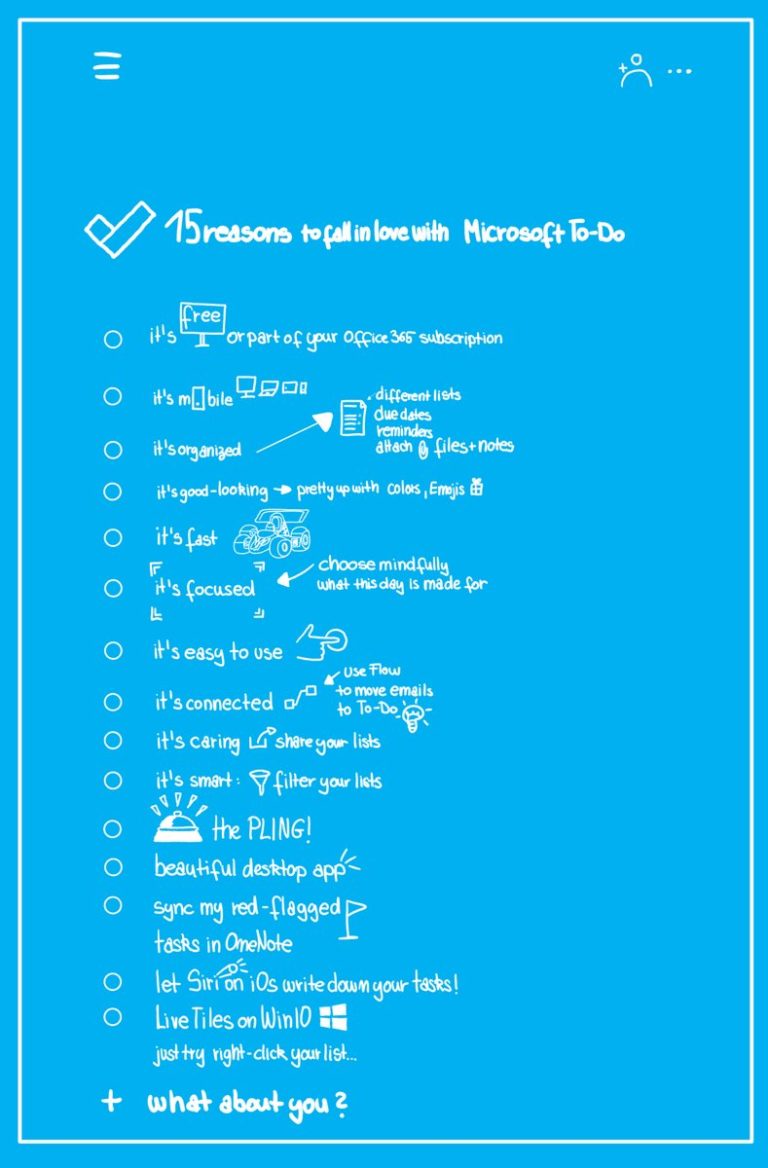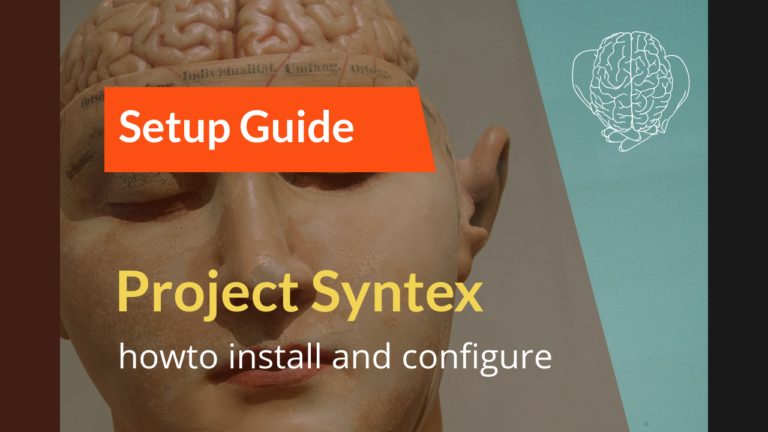Increasing Psychological safety for employees when working with AI
Increasing psychological safety for employees when working with AI involves several strategies and considerations. Here are key approaches based on the provided sources:
Promoting Open Communication
- Encourage Open Communication: Create an environment that promotes open communication and encourages employees to share their ideas and concerns. This can include regular team meetings, brainstorming sessions, and one-on-one conversations with team members.
- Transparent Expectations: When introducing AI tools, ensure transparent and clear expectations. This will help employees understand how AI will be used and reduce uncertainty.
Building Trust and Collaboration
- Foster a Nonjudgmental Environment: Create an environment where employees feel safe sharing their thoughts without fear of ridicule or punishment. Emphasize that mistakes are opportunities for growth and learning.
- Enhance Trust and Communication: Use AI to promote constructive conversations, understanding, and teamwork. Techniques based on human social behavior can enhance trust and communication among team members.

Leadership and Ethical Considerations
- Lead by Example: Leaders should model the behaviors they want to see in their team, such as showing vulnerability, admitting mistakes, and encouraging collaboration.
- Ethical AI Implementation: Address ethical and governance considerations to increase psychological safety. This includes ensuring AI tools are free from biases and are used responsibly.
Support and Resources
- Provide Resources and Support: AI-powered chatbots and virtual assistants can provide employees with access to resources and support without fear of judgment or retaliation. For example, chatbots can offer information about mental health resources or connect employees with HR representatives.
- Continuous Learning and Evaluation: Implement programs that allow employees to check their well-being and maintain their mental health proactively and regularly.
Encouraging Participation and Feedback
- Be Receptive to Feedback: Be open to feedback from employees and take the time to listen to their ideas and concerns. This builds trust and shows that their input is valued.
- Radical Candor: Encourage direct and honest communication, which can help create an environment where employees feel comfortable expressing their opinions and ideas without fear of retribution.
Addressing Psychological Safety Concerns
- Identify and Address Concerns: Use AI algorithms to analyze employee feedback and identify potential sources of psychological safety concerns, such as discrimination or harassment. Once identified, take steps to address these issues.
- Support Ethical AI Development: When employees feel psychologically safe, they are more likely to trust AI and participate in implementing responsible AI, which helps mitigate biases in AI algorithms.
By integrating these strategies, organizations can foster a psychologically safe environment that supports AI’s effective and ethical use, enhancing overall employee well-being and organizational performance.
Call to Action: Train your Managers
Train your managers about psychological safety with Microsoft Viva Glint in this free short course








The article highlights a growing trend of using AI tools to foster psychological safety in the workplace. As AI becomes more integrated into daily tasks, the focus on balancing innovation with employee well-being is essential. For insights into cutting-edge AI tools and practices, visit TopAiTrends.io for a comprehensive aggregation of current trends.